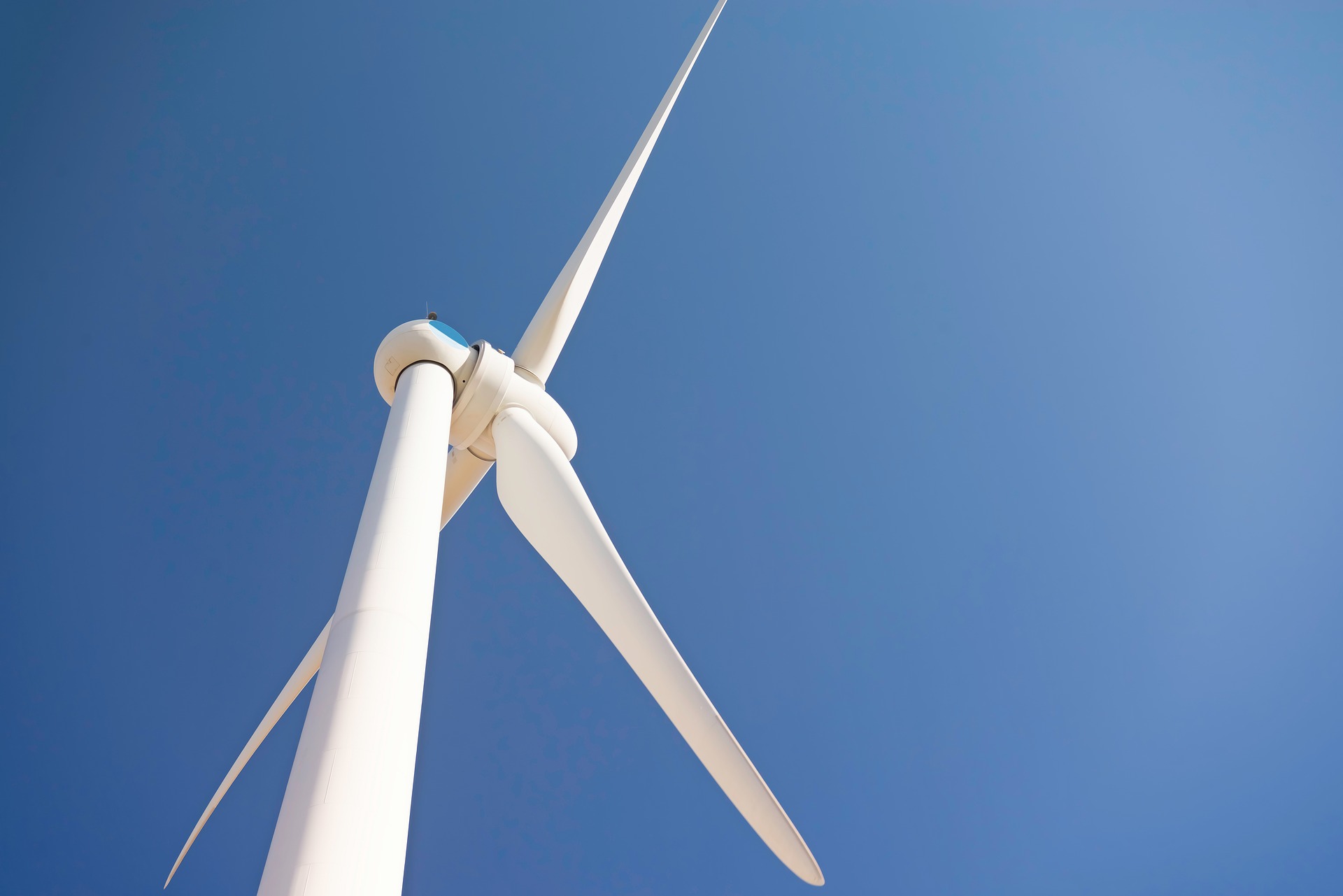In the latest report, experts from the European wind association WindEurope show how the costs of building wind farms have fallen in recent years. WindEurope points out, however, that the end of further CAPEX reduction in wind energy is on the horizon, and taking into account the increase in the cost of raw materials, even an increase in investment costs can be expected.
WindEurope points out that the decrease in the costs of wind technologies meant that while in 2015 funds of EUR 10 million allowed the construction of a wind farm with a capacity of 6 MW, last year an investment of 8 MW could be planned for the same money.
According to the latest data, the cost of building an onshore wind farm in Europe, for which the final investment decision was made in 2021, is around 1.3 million EUR / MW, while in 2015 it was 1.9 million EUR / MW.
WindEurope recorded the lowest CAPEX for onshore projects last year on wind markets in Spain and Finland (on average EUR 1.1 million / MW), and a slightly higher investment cost was recorded in Sweden, the Netherlands, Portugal, Poland and Ukraine (1 EUR 2 million / MW).
As WindEurope notes, higher costs are recorded in Germany and France (EUR 1.5 million / MW), which, according to the association’s experts, results from greater difficulties in the preparation of projects and constraints when it comes to locating the turbines. These factors are expected to translate into higher capital costs.
Importantly, the above prices do not refer to the costs of wind farms built in 2021, but to investments decided by investors last year. The average time needed from the moment of making the final investment decision to implement a wind farm in Europe is about 1 year in the case of onshore, and about 2-3 years in the case of offshore.
WindEurope is also noting a decline in investment costs in offshore wind energy, for which CAPEX was to drop from approximately EUR 5.5 million / MW in 2012 to approximately EUR 3.5 million in 2020-2021.
WindEurope notes that while the offshore sector has strengthened its supply chains in recent years, a further decline in CAPEX has been held back by several factors. Of great importance was the relatively high cost of projects currently implemented in France, for which the process of obtaining permits was significantly delayed (these are projects for which support in the auction system was secured by investors as early as 2011).
Other factors that stopped the decline in average offshore CAPEX were the implementation of further projects at greater distances from the coast and in increasingly deeper waters, which generated additional costs.



